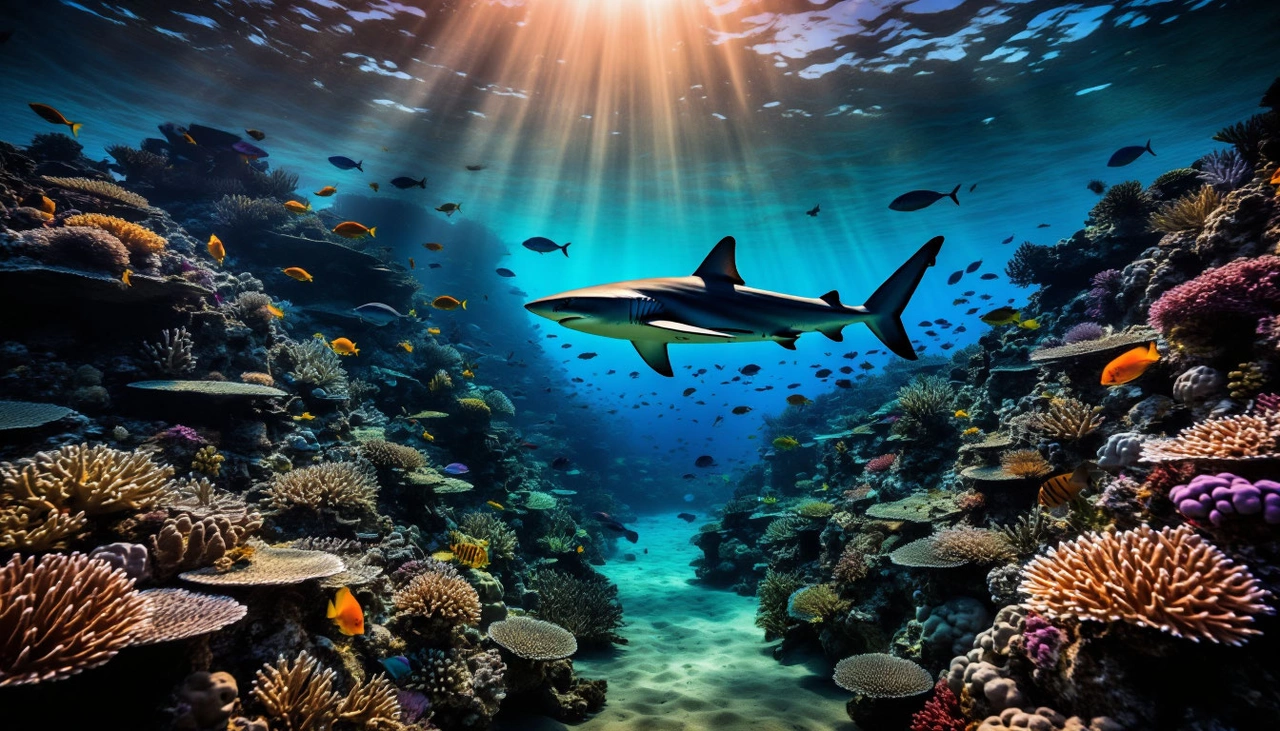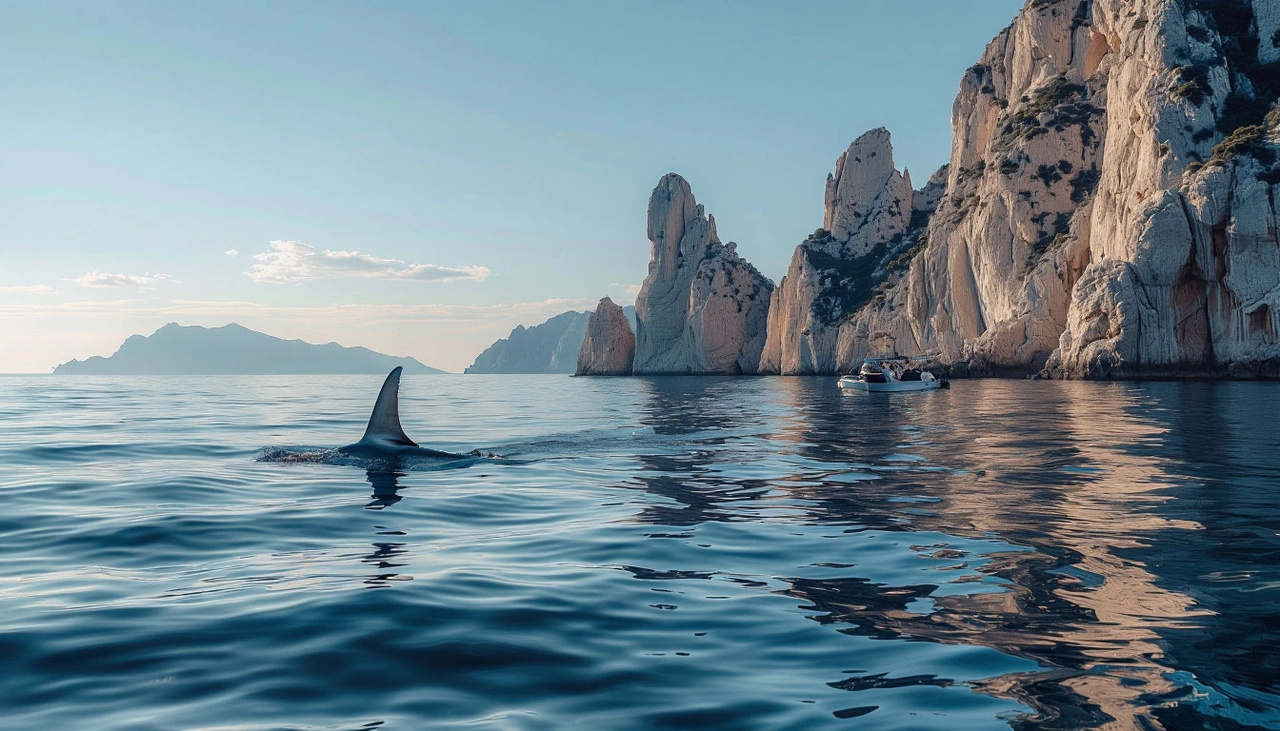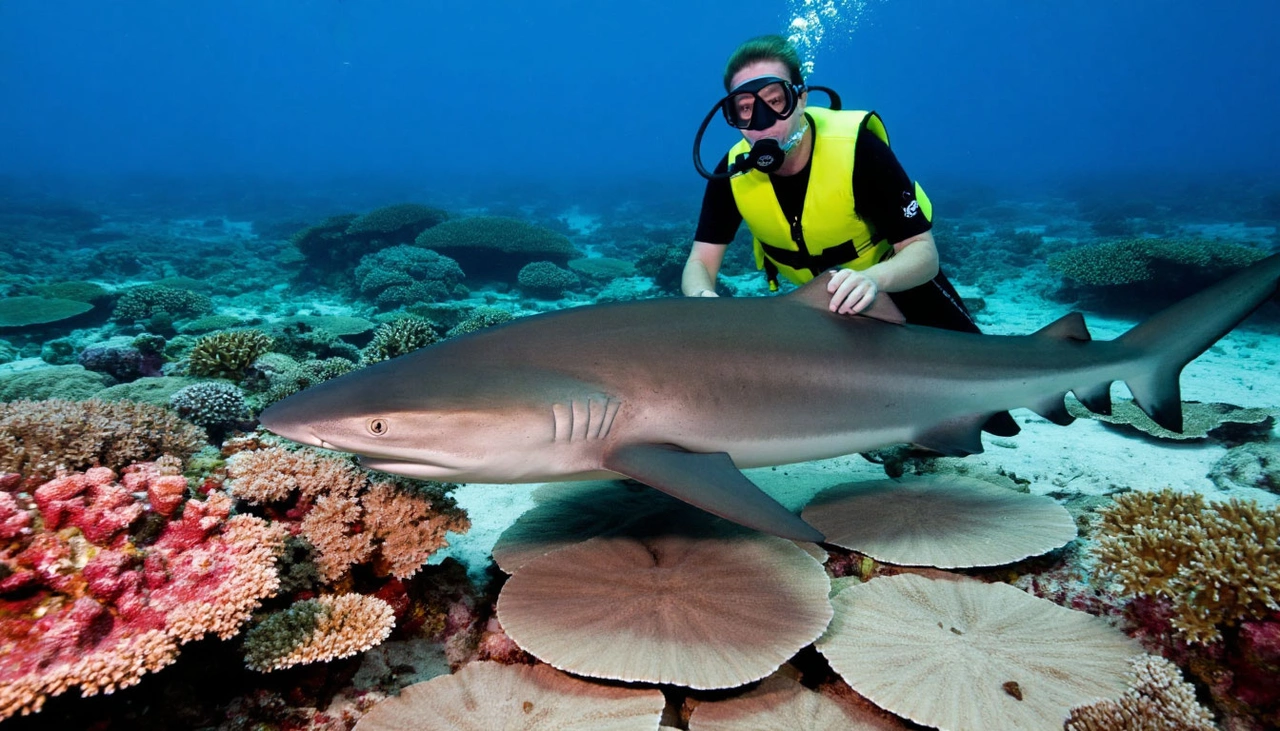🦈 5 Shark-Infested Seas: Where to Stay Alert on Your Vacation
🌊 The Red Sea, Egypt: A Hidden Predator’s Playground
The Red Sea, renowned for its warm waters and vibrant coral reefs, is a magnet for tourists from Europe and beyond. Its underwater canyons and colorful marine life offer unforgettable experiences. Yet beneath this idyllic facade lurk some of the ocean’s most formidable shark species.
Among the sharks encountered off Egypt’s coast are the longfin mako, whitefin, tiger, and mako sharks. The longfin mako is especially notorious, hunting in open waters but often venturing near crowded shores. Whitefin sharks, once deep dwellers, now frequent shallower waters, drawn by changing environmental conditions. These sharks are swift and aggressive, capable of sudden attacks triggered by rapid movements or glints from jewelry.
Tiger sharks are less predictable, earning the nickname "the ocean’s garbage collectors" because they eat almost anything — from turtles to debris. They often approach shorelines where fish waste enters the water, striking without hesitation.
Despite tens of millions of tourists visiting the Egyptian coast in the past decade, reported shark attacks remain rare. However, when attacks do occur, they tend to be severe or fatal due to the sharks’ speed and unpredictability, capable of bypassing safety measures and appearing where swimmers feel safest.

🇹🇷🇬🇷 Mediterranean & Aegean Seas: Tourist Havens with Caution
Turkey’s and Greece’s Mediterranean and Aegean coasts are beloved for their warm seas, picturesque landscapes, and lively resorts. These waters teem with marine life, including sharks that occasionally pose risks to humans.
Bull sharks, sand sharks, and hammerheads inhabit the depths near popular resorts such as Antalya, Alanya, Bodrum, and Marmaris. Hammerhead sharks are often sighted not far from shore, typically avoiding swimmers but drawn closer by shifting water temperatures and altered migratory paths.
Sharks here tend to avoid humans, but ecological changes like increased boat traffic, illegal fishing, and environmental stress push them into new territories, raising chances of accidental encounters. Seasonal factors play a role: in summer, sharks retreat deeper to cooler waters, while in off-seasons, they sometimes approach shallows chasing fish schools.
Though attacks are extremely rare, the sharks’ keen senses and sudden reactions mean that swimmers should remain vigilant, even in well-maintained tourist spots.

🏝 Caribbean Sea: Paradise with Predators
The Caribbean conjures images of soft white beaches and turquoise waves, attracting millions of vacationers annually. Yet beneath this tropical beauty, predators like bull, lemon, tiger, and great white sharks thrive.
Islands such as the Bahamas, Dominican Republic, Jamaica, Cuba, and the Cayman Islands are shark habitats. Bull sharks are common in shallow bays, especially near river mouths, showing little fear of humans and adapting easily to coastal areas. Tourists feeding fish or discarding food waste can unknowingly attract them close.
Lemon sharks, more secretive and nocturnal, inhabit specific territories but can become aggressive if provoked. Tiger sharks frequent deeper waters but move shoreward near fishing zones, while great whites generally stay farther out but occasionally appear near resorts, influenced by changing climate and fish migrations.

🌏 South China Sea: Thailand & Vietnam’s Aquatic Edge
The tranquil waters of Thailand and Vietnam offer tropical charm and diving adventures, yet the South China Sea remains a wild frontier. Sharks such as mako, tiger, white, and gray reef sharks populate deep waters but sometimes venture closer to shore.
Regions like Phuket, Krabi, Ko Tao, and Da Nang have reported rare shark encounters, often near rocky outcrops or coral reefs frequented by divers and fishermen. Environmental factors like water temperature fluctuations and increased human activity disrupt shark behavior, increasing risks.
Tourism’s vital economic role leads to limited public disclosure of incidents, so actual shark interactions may be underreported. Visibility can be severely reduced during the rainy season, heightening chances of accidental attacks when sharks mistake humans for prey.

🌴 Gulf of Mexico: A Diverse Ecosystem with Hidden Risks
The Gulf of Mexico is a bustling marine environment rich with biodiversity. Its warm, shallow lagoons and reefs provide perfect conditions not only for tourists but also for large shark species like white, bull, and tiger sharks.
These sharks are powerful, fast, and adapt well to busy coastal zones where swimmers, surfers, and boaters coexist. Factors like splash noise, food scraps, and heavy marine traffic may confuse sharks, triggering defensive or aggressive behavior.
Surfers and divers face particular risks, especially if they venture far from shore or swim in murky waters where sharks hunt. Though attacks remain infrequent, they tend to rise during warmer months when shark activity peaks.

🛡️ Stay Safe, Stay Smart: Navigating Nature’s Realm
Panicking over every splash is unnecessary. On guarded hotel beaches, obeying safety zones, and avoiding risky behaviors drastically reduce the already low chances of shark encounters. However, stepping outside these boundaries — swimming at dusk, diving unprepared, feeding fish, or entering murky water — shifts you from a visitor to a potential target in a natural predator-prey scenario.
Sharks don’t attack out of malice; they respond to instinctual cues. Awareness and respect for the marine environment are your best defenses. With mindfulness, you can enjoy nature’s wonders safely and avoid becoming part of the ocean’s food chain. The next time you gaze into the sea’s dark expanse, remember: a little caution can protect your life and your holiday.
Close